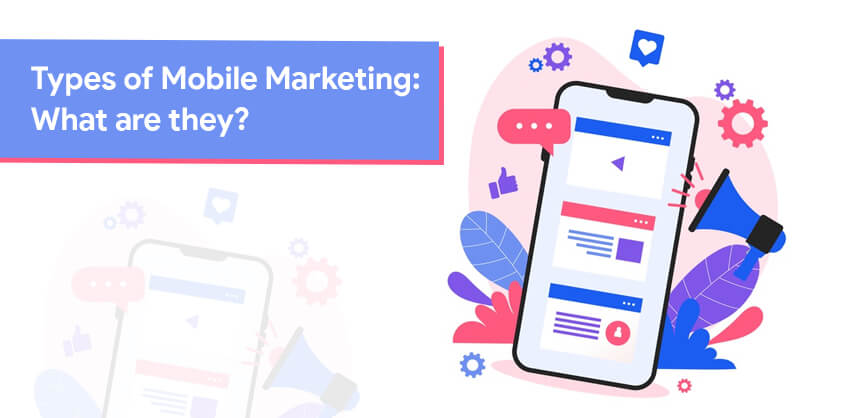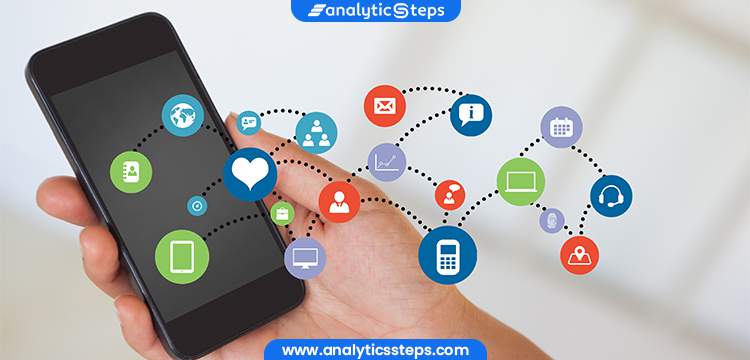
Marketing in mobile
Mobile marketing is a multi-channel online marketing technique focused on reaching a targeted audience on their smartphones, feature phones, tablets or any other related devices through websites, email, SMS and MMS, social media or mobile applications. Phone marketing can provide customers with personalized time,and location-sensitive information that promotes goods, services, appointment reminders, and ideas.

I would tell you that phone is the future of marketing, but really the era of mobile has already arrived. If you’re not implementing some type of mobile marketing strategy, you’re already falling behind.As you can see in the graph below, more users are spending more time interacting with mobile devices than ever before. We can expect this trend to continue even more in the future, so get ready!
Types of Mobile Marketing:
There are six type of phone marketing:
In-app marketing:
In-app marketing is through mobile applications. Marketing can be for your own brand or for other brands. For your own brand, in-app marketing refers to using banners, overlays, and inbox messages to market your products to your app users.
Phone Push Marketing:
Mobile push marketing sends messages to mobile devices using push technology. It allows you to deliver relevant information to users even if they are not on your website or app. Mobile push notifications allow you to communicate with existing and potential customers in a simple and effective way.
SMS Marketing:
SMS marketing is a marketing campaign through text messages. You can send promotions, alerts, offers and more to the phones of current and potential customers.

Social media marketing:
Social media platforms typically have billions of users, making social media a great place to advertise and promote your business. Media marketing allows you to make a more personal connection with consumers through Facebook ads, promoted tweets, or shoppable pins on Pinterest.
Location-based marketing:
Location-based marketing allows you to target a customer on their mobile device based on their location. You can create specific marketing campaigns based on the location of your customers.
QR Code Marketing:
QR code marketing allows you to link to your website, download your app, review your business, or subscribe to your newsletter. Customers can scan the QR code with their smartphone camera and it is easy to use.
How Does Phone Marketing Work?
Phone marketing is any advertising activity that promotes products and services through mobile devices, such as tablets and smartphones. It makes use of features of modern mobile technology, including location services, to personalize marketing campaigns based on an individual’s location.
Phone marketing consists of ads that appear on smartphones, tablets, or other mobile devices. Phone marketing ad formats, customization, and styles can vary, as many social media platforms, websites, and mobile apps offer their own unique and customized mobile ad options.

Advantages and Disadvantages of phone Marketing:
Advantages:
- Accessible and immediate: You can reach an audience from anywhere and at any time, the fastest way to communicate with customers.
- Global audience: People have mobile phones all over the world, so you can reach whoever you choose
- Multiple Channels: Provides flexibility and opportunity to reach customers across websites, apps, text messages, social media, and more.
- Personalization: Mobile devices are an extension of the user, so any information that customers receive from their mobile devices will seem much more personal.
- Viral Potential: Content is easily shared creating free exposure and the chance for your content to be shared everywhere.
Disadvantages:
- Little room for error: It’s difficult to fix any errors before customers see them; There is a possibility that the result will be negative. Potential of
- Bad user experiences: Bad ads can also go viral, which can be detrimental to your business.
- Navigation issues: Different devices have different screen sizes, making it difficult to standardise an image.
- Privacy and permission: People are concerned about the privacy of their mobile devices, so consider how customers protect themselves online
- Constant Updates: Technology is continually updated, so you’ll need to constantly educate your team on how to use the latest updates.
References:
- https://business.adobe.com/blog/basics/mobile-marketing
- https://en.wikipedia.org/wiki/Mobile_marketing
Leave a Reply